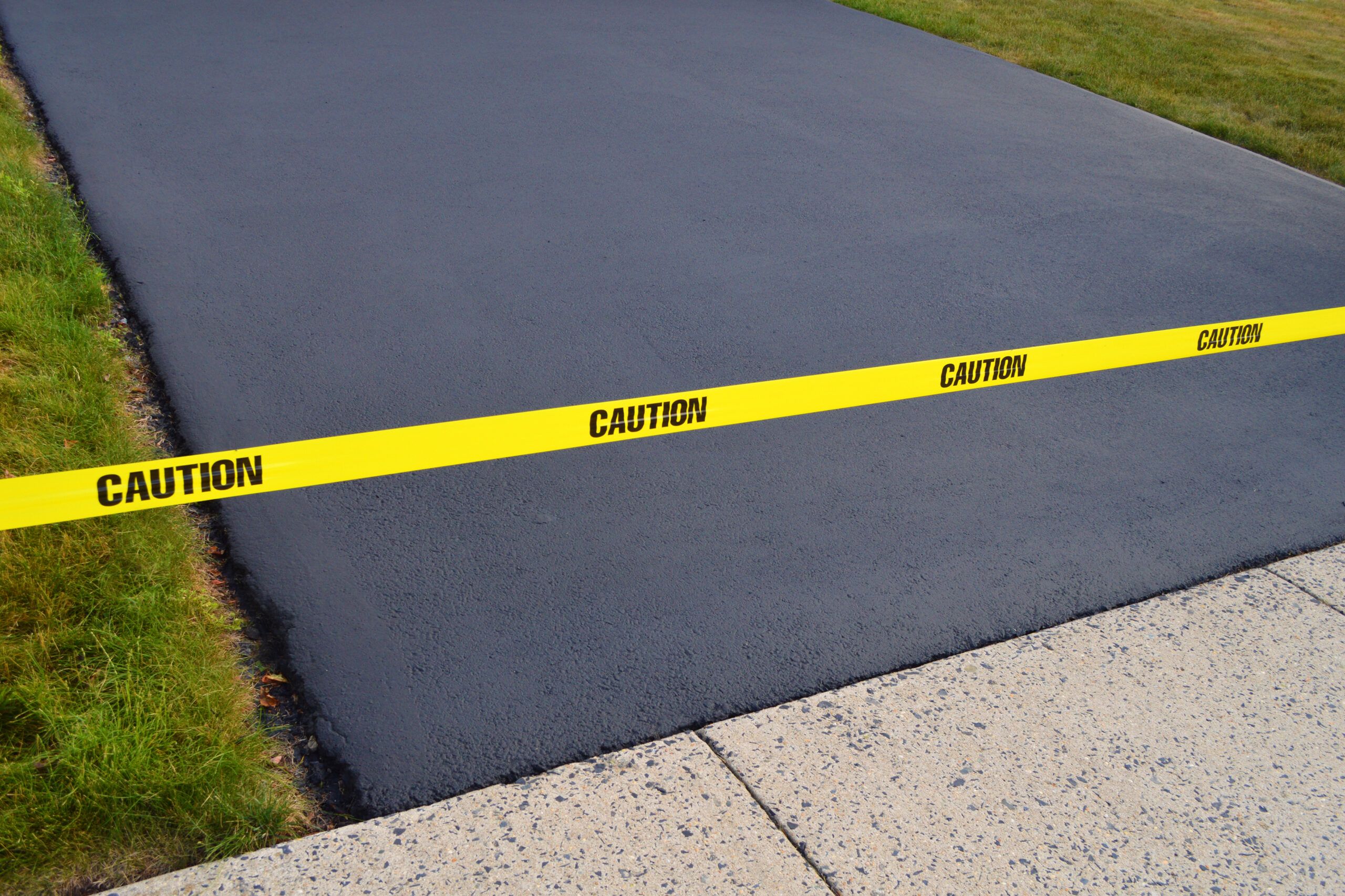Unleash the Potential: Regrading and Asphalt Sealing for Business Rooms
Wiki Article
Hot Mix Asphalt: A Sustainable Service for Sidewalk
Hot Mix Asphalt (HMA) has become a leading sustainable choice for pavement solutions, using a myriad of innovative innovations and ecological benefits. Its capacity to minimize and reuse materials energy intake presents an engaging situation for its fostering in roadway building and construction jobs. The long-term performance and durability of HMA make it a favored option for framework advancement. As the demand for environment-friendly building practices grows, checking out the nuances of HMA's sustainability can offer useful insights into the future of pavement services.Ecological Advantages of Warm Mix Asphalt

Moreover, Warm Mix Asphalt assists to minimize city heat island effects. Its dark shade soaks up sunshine, reducing the quantity of warmth showed back right into the atmosphere contrasted to lighter-colored pavements. This can decrease ambient temperature levels in urban locations, decreasing the need for a/c and ultimately minimizing power usage.
On top of that, Warm Mix Asphalt adds to boosted stormwater monitoring. Its permeable nature allows water to penetrate the pavement and recharge groundwater products, reducing drainage and the danger of flooding. These ecological advantages make Warm Mix Asphalt a sustainable choice for leading freeways and roads.
Power Performance in HMA Manufacturing
Is energy efficiency an essential factor in the production of Hot Mix Asphalt (HMA)? Energy plays a significant duty in the manufacturing of HMA, influencing both price and environmental sustainability. One vital element of energy effectiveness in HMA manufacturing is the use of cozy mix asphalt (WMA) modern technologies.Additionally, advancements in plant innovations have actually led to more energy-efficient HMA manufacturing processes. By optimizing energy usage in HMA production, the industry can decrease its carbon footprint while keeping high-quality pavement materials.
Recyclability of Warm Mix Asphalt
The recyclability of Hot Mix Asphalt (HMA) is a critical element of its sustainability and lasting environmental effect. HMA is one of the most recycled materials in the USA, with over 100 million heaps of redeemed asphalt pavement (RAP) being reused each year in new pavement building and construction. Recycling HMA offers a number of ecological benefits, such as minimizing the need for virgin materials, lowering energy intake during production, and lowering the quantity of waste sent out find out this here to garbage dumps.The procedure of recycling HMA includes grating the existing pavement, squashing it right into smaller pieces, and blending it with new aggregate and asphalt binder to develop a recycled mix. This recycled mix can usually carry out as well as or even far better than traditional HMA, while requiring fewer basic materials and producing lower greenhouse gas emissions. By including RAP into brand-new pavement tasks, road firms can conserve natural resources, reduce costs, and decrease the environmental impact of roadway building and maintenance tasks. On the whole, the recyclability of HMA plays a considerable role in promoting lasting methods within the pavement market.

Long-Term Efficiency of HMA
Asphalt sidewalks show durability and resilience over an extensive duration, mirroring the long-lasting performance of Hot Mix Asphalt (HMA) The durability of HMA can be associated to its ability to stand up to heavy traffic loads, severe weather condition conditions, and the effects of aging. Research studies have actually revealed that well-designed and appropriately built HMA sidewalks can last for two decades or even more with routine maintenance. The trick to taking full advantage of the long-lasting performance of HMA lies in utilizing top notch materials, following ideal techniques in building and construction, and implementing effective maintenance approaches. Correct drain, routine examinations, and timely repair work are necessary for maintaining the architectural stability of HMA pavements gradually. Additionally, innovations in HMA modern technology, such as the use of polymer-modified binders and cozy mix asphalt, have additionally improved the durability and durability of HMA pavements. By prioritizing top quality building and maintenance methods, HMA proceeds to show itself as a sustainable and economical remedy for durable pavement facilities..png)
HMA: Longevity and Sustainability
Showing both longevity and sustainability, Warm Mix Asphalt (HMA) has become a cornerstone in the building of resilient pavement facilities - angled parking. HMA's resilience originates from its ability to stand up to heavy loads, harsh weather condition conditions, and high traffic volumes, making it a reliable option for roadways, freeways, and flight terminal runways. The make-up of HMA, which normally consists of aggregates, binder, and filler, plays a vital function in boosting its longevity and resistance to tear and put on
Furthermore, HMA's sustainability hinges on its recyclability and energy-efficient production process. The ability to recycle reclaimed asphalt pavement (RAP) in brand-new HMA combinations lowers the demand for virgin materials and minimizes the environmental influence of pavement building and construction and maintenance. Additionally, the energy performance of generating HMA depends on its reduced blending temperature levels contrasted to other pavement products, leading to minimized energy usage and greenhouse gas emissions.
Final Thought
In final thought, warm mix asphalt (HMA) provides a lasting read what he said remedy for sidewalk with its eco pleasant qualities. HMA's recyclability, energy effectiveness in production, and long-term longevity make it an eco-friendly selection for roadway construction.
HMA is one of the most recycled materials in the United States, with over 100 million heaps of reclaimed asphalt sidewalk (RAP) being recycled each year in brand-new pavement construction.The procedure of reusing HMA involves crushing the existing sidewalk, squashing it into smaller pieces, and blending it with brand-new aggregate and asphalt binder to create a recycled mix.Asphalt pavements show longevity and resilience over an extended duration, mirroring the long-term efficiency of Warm Mix Asphalt (HMA) Furthermore, developments in HMA modern technology, such as the usage of polymer-modified binders and cozy mix asphalt, have actually additionally boosted the resilience and durability of HMA sidewalks. The capability to recycle redeemed asphalt resource pavement (RAP) in brand-new HMA combinations minimizes the demand for virgin materials and lessens the ecological influence of pavement building and maintenance.
Report this wiki page